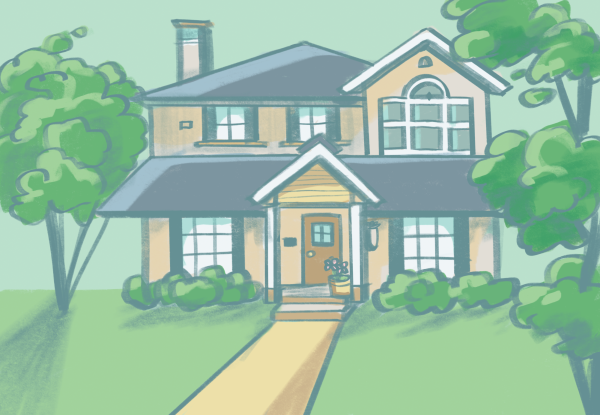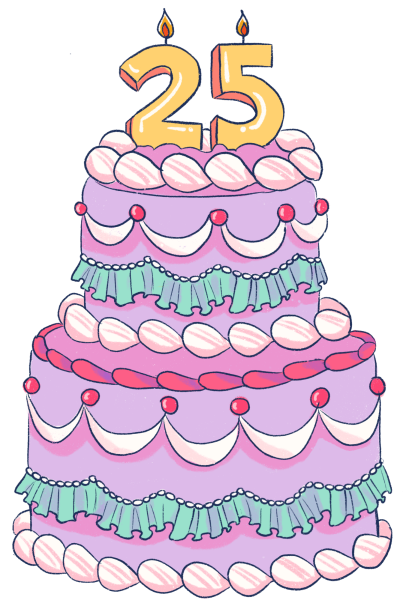The Out of Tune World of Classical Music
March 6, 2023
I was seven years old when I left the music store, my first ever rented violin strapped to my back and an unsuppressable smile painted on my face. The violin was a little too big for my small body to carry – the case kept bouncing against my back, and the straps were a little too loose. But I was determined to carry myself up the stairs to my music school every week without fail. And from that point, I pretty much went down the stereotypical violinist pipeline. I went down the Suzuki road, learning “Go Tell Aunt Rhody” and then “Allegro” and eventually “Gavotte.” I listened to the CD’s that came with the books in the car. After every book I finished, my fingers craved the complexities I might find in the next book. My mind relished the challenge of figuring out which notes are half steps and which ones are whole steps. When I learned how to play in third position, my brain exploded.
Ten years later, I’m still playing the violin but less religiously. I did hit the point of teenage angst where you start rebelling against everything, including playing music. I hit the point where I’d cry frustrated tears after practicing. I went months without touching my instrument once. I go through cycles of practicing every day, to every other day, to once a week, to once in a while. Despite my sometimes messy relationship with the art, I still love it. The fact that I’m making music by gliding horse hair and tree sap over metal strings attached to a wooden box still gives me the same giddy rush of excitement as it did when I was seven.
I say this to clarify that I am not the most consistent classical musician. I am by no means a prodigy. Most people probably wouldn’t even say I’m an exceptional player whatsoever, but I have been in this field for a long time. I’ve played in a couple orchestras, watched classical performances, have had several different private teachers, and have attended music programs and auditions. What I’ve noticed is that when it comes to classical music, it’s a predominantly white world in almost every room I walk into. The conductors are white. The musicians are white. The music played is written by white composers. The teachers are white. Even the audience is white. According to NPR, less than 2% of orchestra musicians in the U.S. are Black. Comparatively, Asian Americans are well represented in orchestras, with over 9% of orchestra musicians being Asian, while Asians make up about 7% of the U.S. population (though that certainly doesn’t mean we don’t experience our fair share of harmful stereotypes and discrimination in the field either).
This lack of representation is systemic. Those who are minorities in classical music face unique barriers that others in the industry will never have to reckon with. Here are just a few of their stories:
Black musician and author Brendan Slocum has described a time when he was a guest conductor at a middle school. Upon arriving, the kids thought Slocum was there to move equipment – not a conductor. “As a teacher of you kids, I realized early on that, for many of my students, I would be the first Black man they actually meet in person,” Slocumb wrote in his author’s note of The Violin Conspiracy. “The impression I leave on them will hopefully stay with them for years to come: my speech, appearance, attitude, and demeanor are always professional because I know, like it or not, that I am representing a huge group of people.”
“People are afraid of being uncomfortable, but with discomfort comes growth,” said Black conductor Roderick Cox in a New York Times interview. “And we will see that change taking place in our programming; schools won’t just be producing conductors who want to do Wagner, Strauss and Mahler. I love these composers. But there are more voices to hear.”
It’s not our place to tell the stories of minorities in music for them, but it is our place to uplift their voices. I’m asking my fellow classical musicians to be critical of the environment we’re participating in. We can accept the industry for what it is, or we can take steps to change it – and this can take many different forms. For instance, teachers can send their students recordings of pieces performed by minority musicians. Sure, recordings by Hilary Hahn and Yo-Yo Ma are undoubtedly great sources of inspiration, but so are Sheku Kanneh Mason, Sanford Allen, Jessie Montgomery, and Esperanza Spalding. Conductors can choose to have their orchestras play music by minority composers as well. I’d also encourage music schools to be cognizant of and take action to mitigate the barriers that prevent students from learning classical music — this could range from students not having access to transportation to serious financial barriers. Instruments, repairs, equipment, sheet music, and lessons themselves add up to a lot of money, so advertising financial aid opportunities and having share subsidized music programs are crucial to closing the gap of income disparities.
I’m hopeful that classical music can provide an accessible and welcoming environment to everyone, regardless of race or socioeconomic status. I’m hopeful of a world where the only struggles musicians of color face is getting the perfect staccato and learning fifth position, instead of discrimination and exclusion. Why would we settle for a solo when we could get a symphony?







